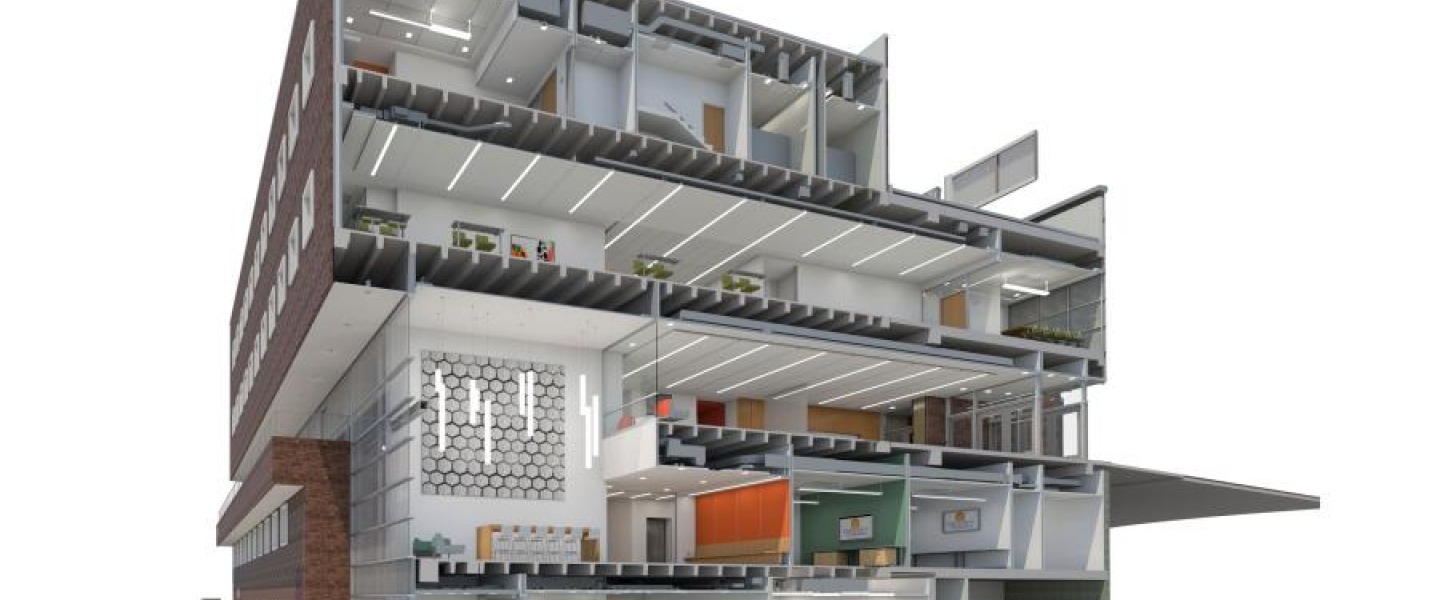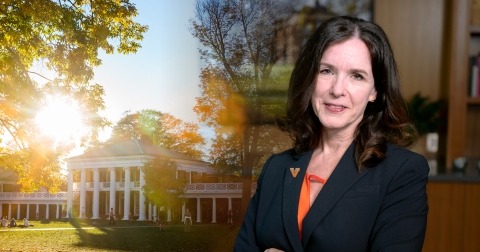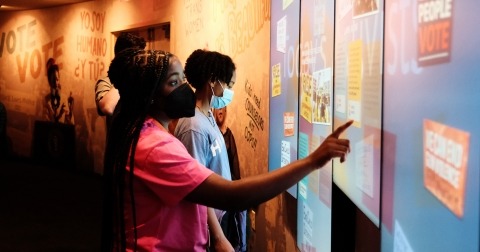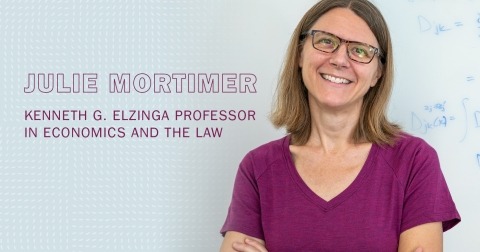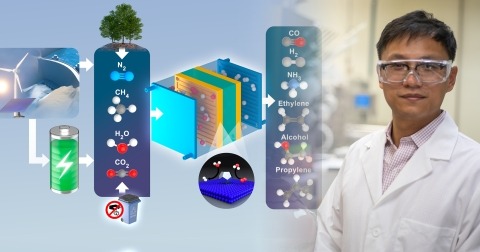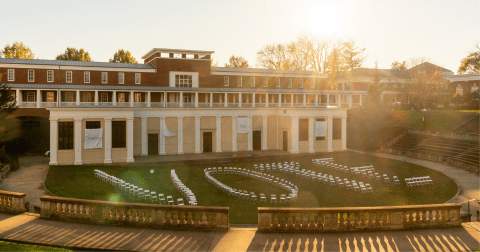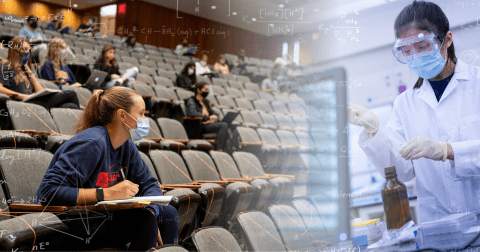Advancing STEM Research and Teaching
Neuroscience professor JC Cang’s new lab is the result of an ongoing massive renovation of Gilmer Hall, which houses the biology and psychology departments, and the Chemistry Building. The project, which began in 2017 and is overseen by architectural firm Perkins + Will, will fully renew the two buildings for another 50+ years of use. Renovations at Chemistry and Gilmer are scheduled to be completed in 2020 and 2022, respectively.
The vision for this project is already starting to take shape. In addition to creating a “neuro-zone” to advance the work of Cang and his colleagues—the broader goal is to create an engaging environment for 21st Century Science, Technology, Engineering, and Math (STEM) learning, including:
- Support for interdisciplinary research and discovery
- Promotion of enhanced student/faculty interactions and collaborations in research and teaching
- Facilitation of vertically-integrated team science
Much of the combined $187 million project cost is funded by the state, while the College of Arts & Sciences is working to raise $50 million privately.
Information about donor naming opportunities, ranging from building and wing names to teaching and research labs, is available through the College Foundation.

In Gilmer Hall, the College is making substantial architectural changes, including a new south façade and main entrances, new atriums on the second and third floors, and new computational and theoretical research spaces.

Professor JC Cang’s lab in Gilmer is part of the new open lab wet research space to support biology and neuroscience.

Renovations to the Chemistry Building include a new second-floor student commons, and new teaching labs for general chemistry, biochemistry, physical chemistry, and organic chemistry.

The new spaces fully support teaching in smaller course sections, using active-learning teaching methods.

Renovations in both buildings include replacing the mechanical, electrical, and plumbing systems. This will save Arts & Sciences an estimated $1.5 million annually in utilities expense.

